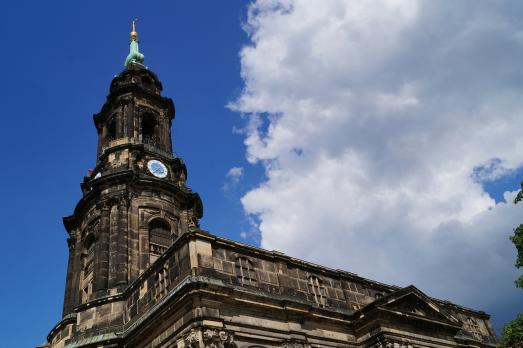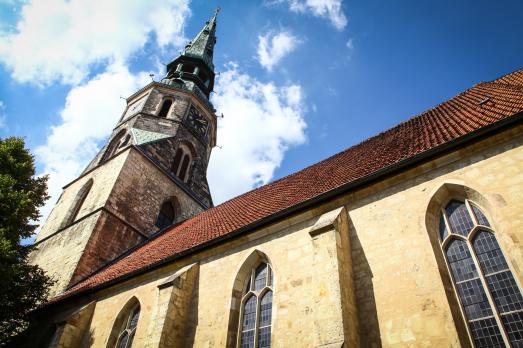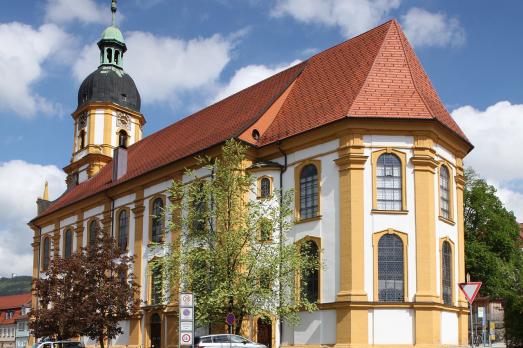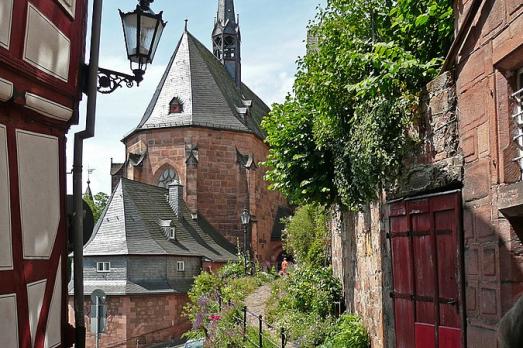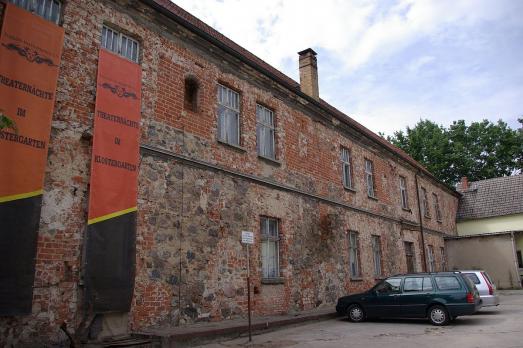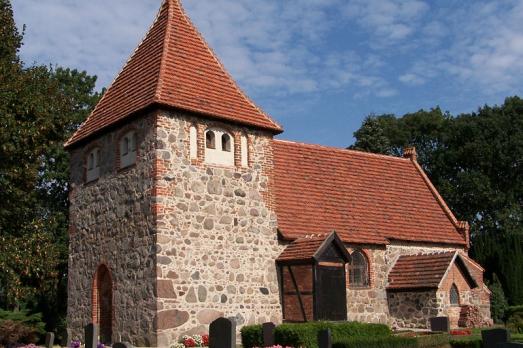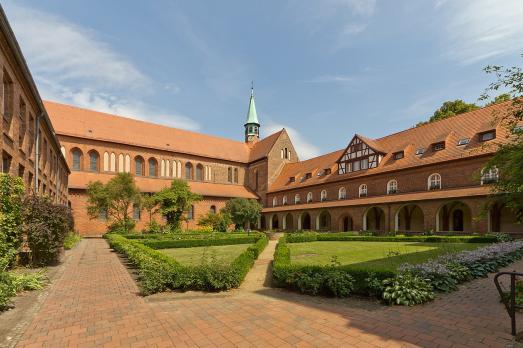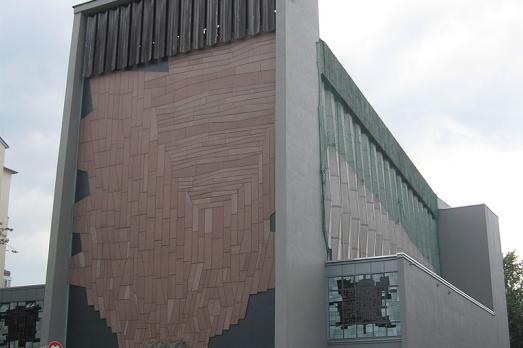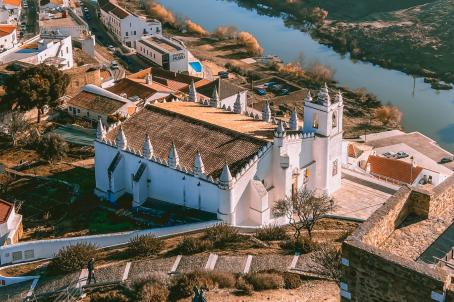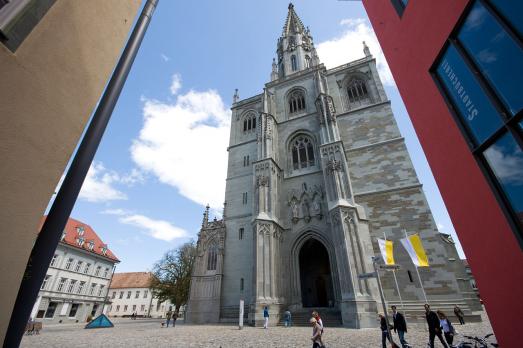
Konstanz Cathedral
Konstanz, DE
The construction of Konstanz Cathedral took place over an extremely long period from the 6th to the 19th century. It is one of the most important Romanesque churches in south-western Germany, although renovation between 1420 and 1520 gave it a Gothic appearance. The church was the meeting place of the Council of Constance (1414-1418), which put an end to the western schism.

